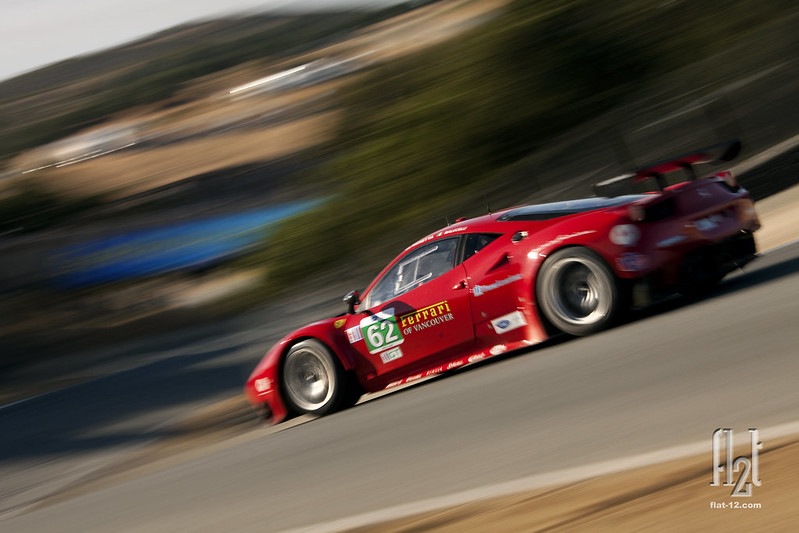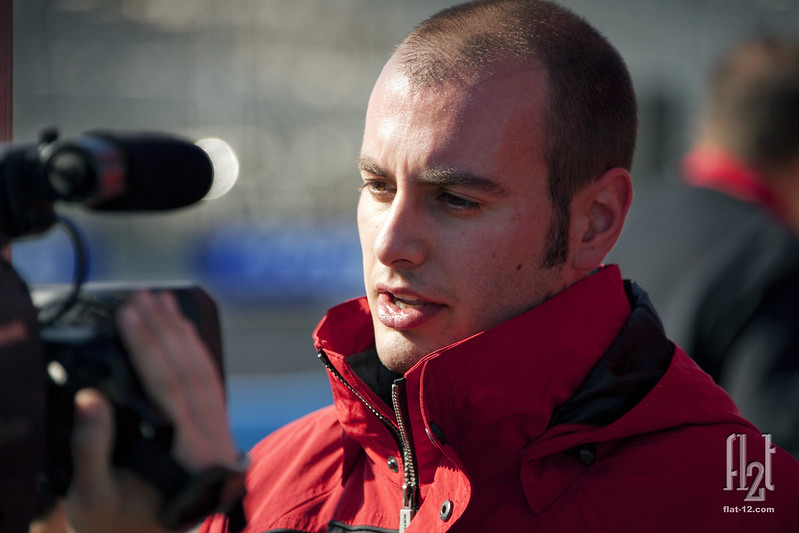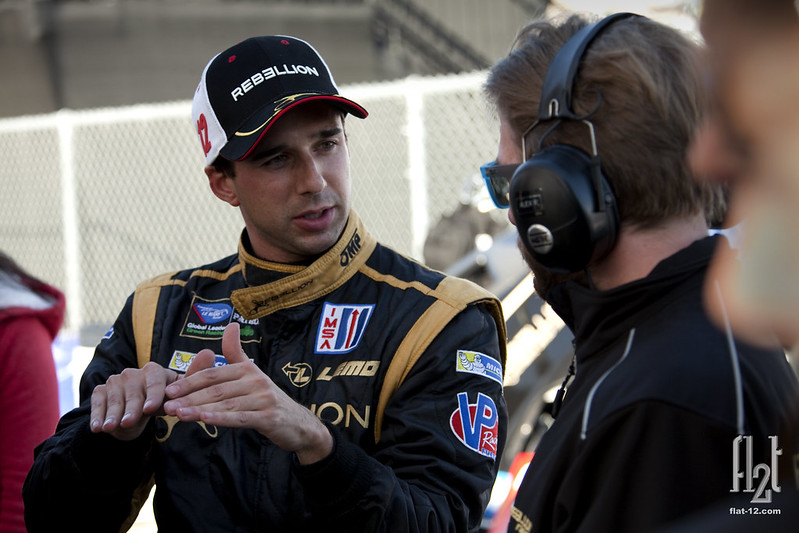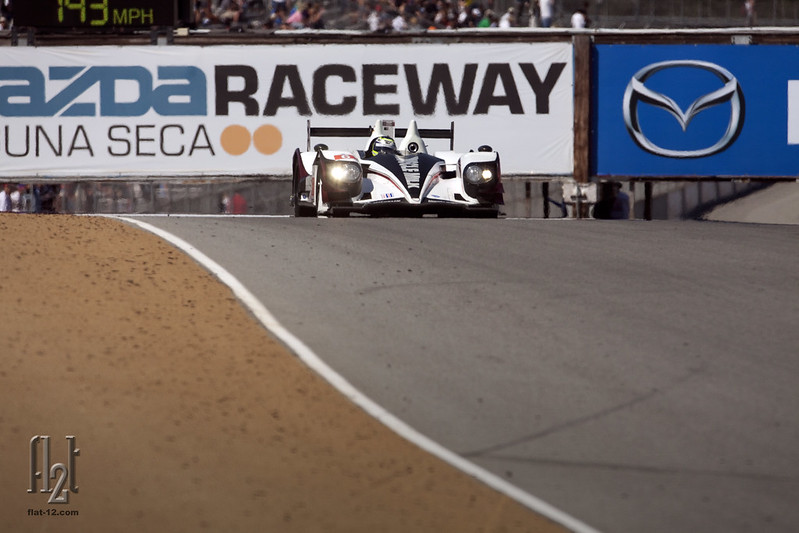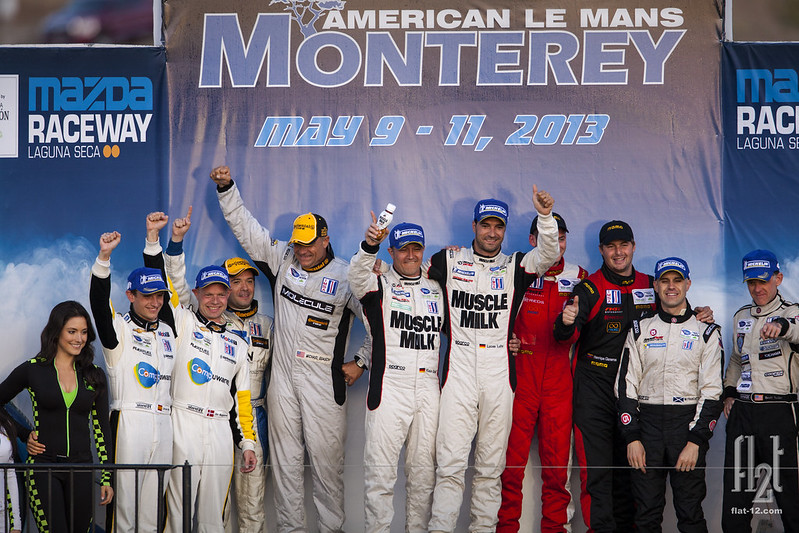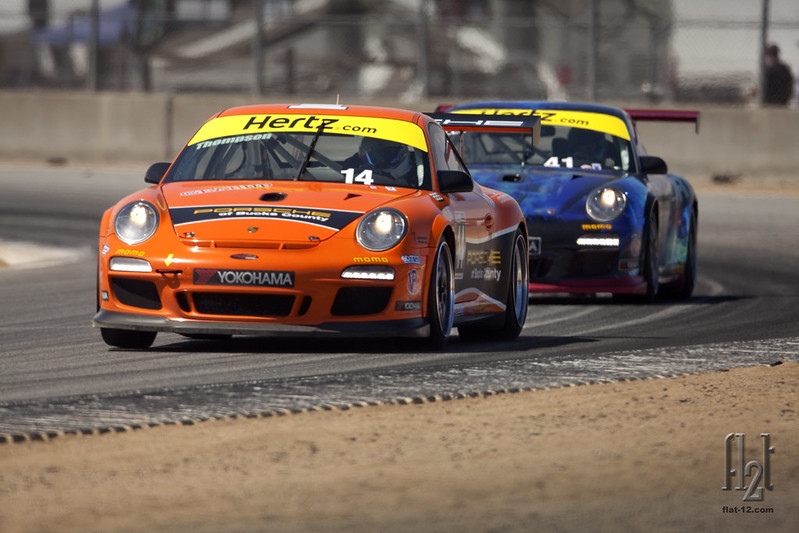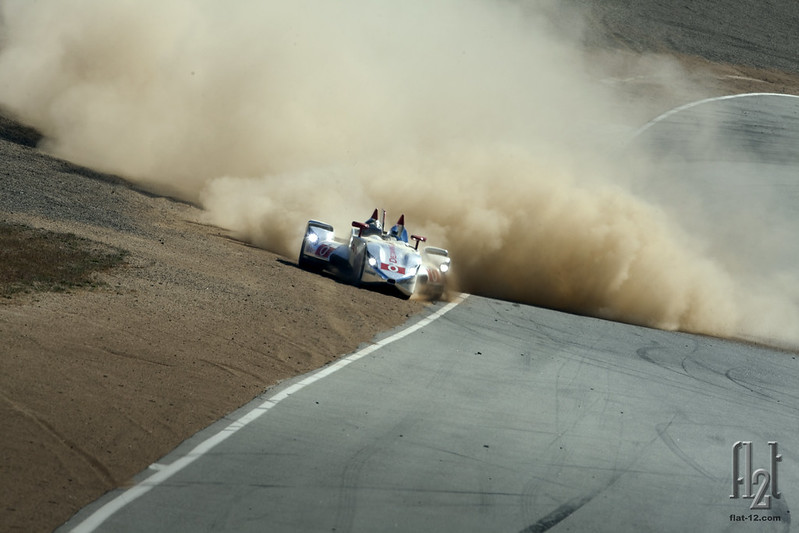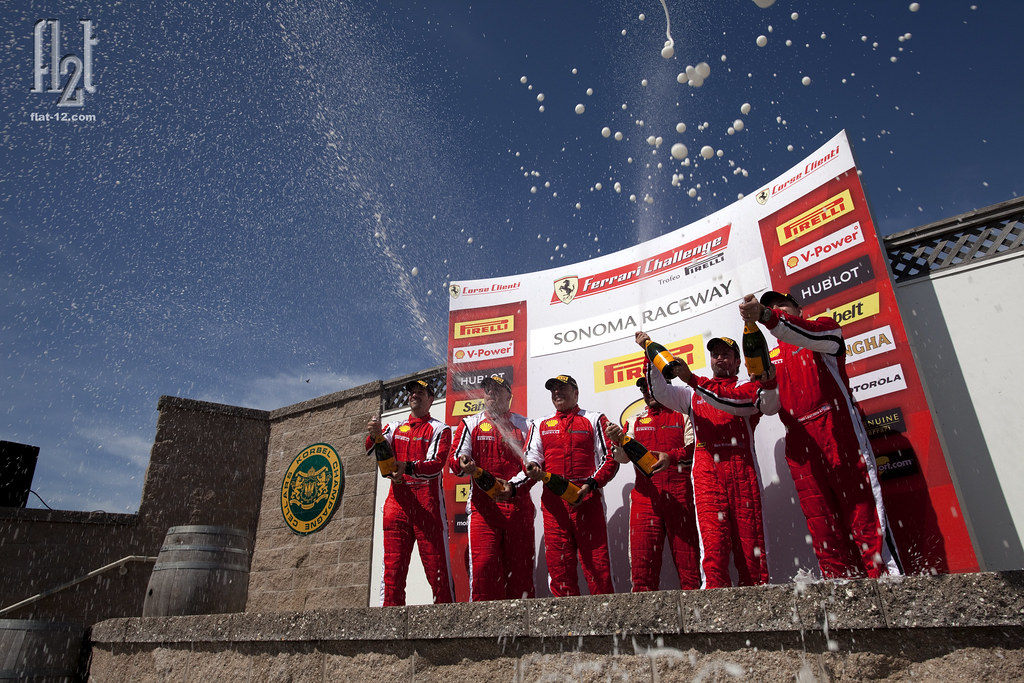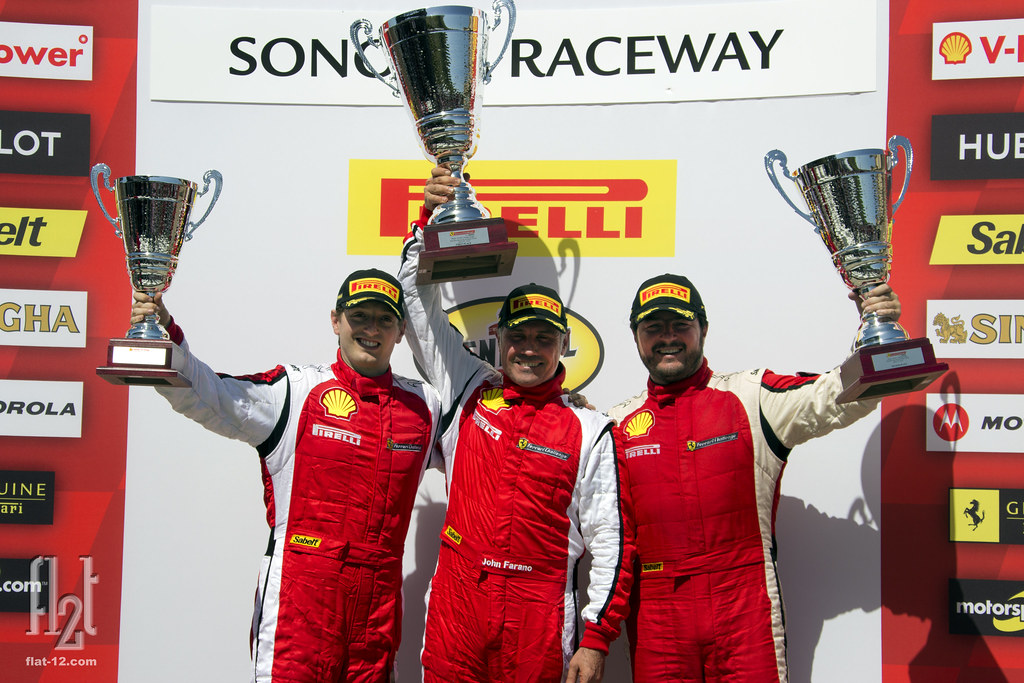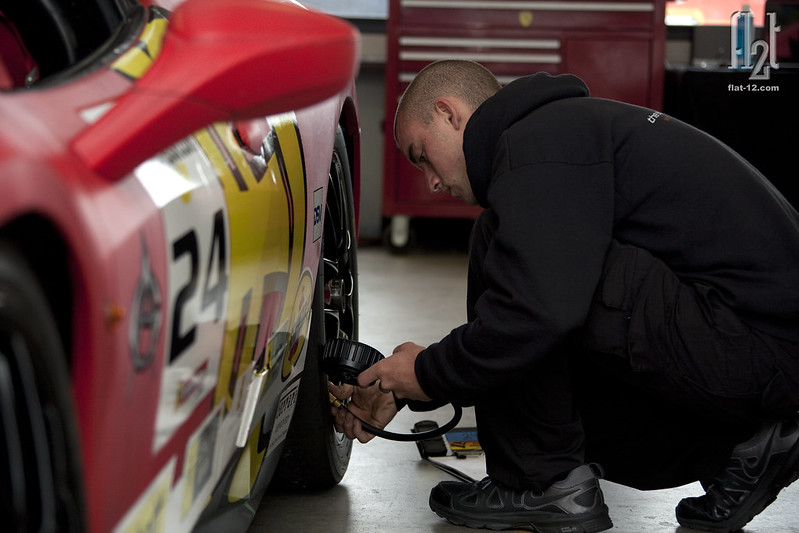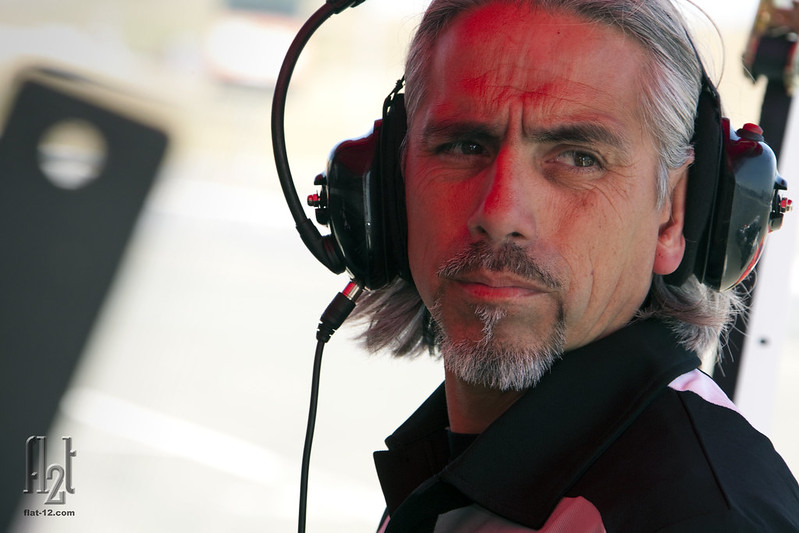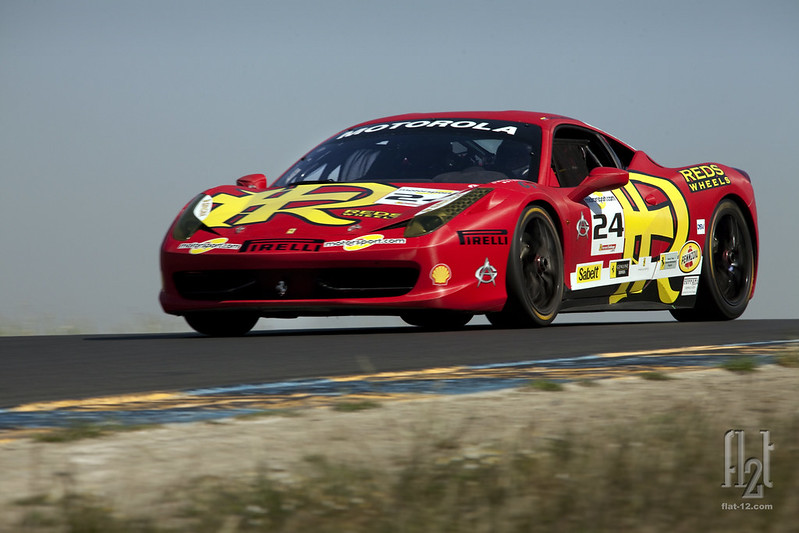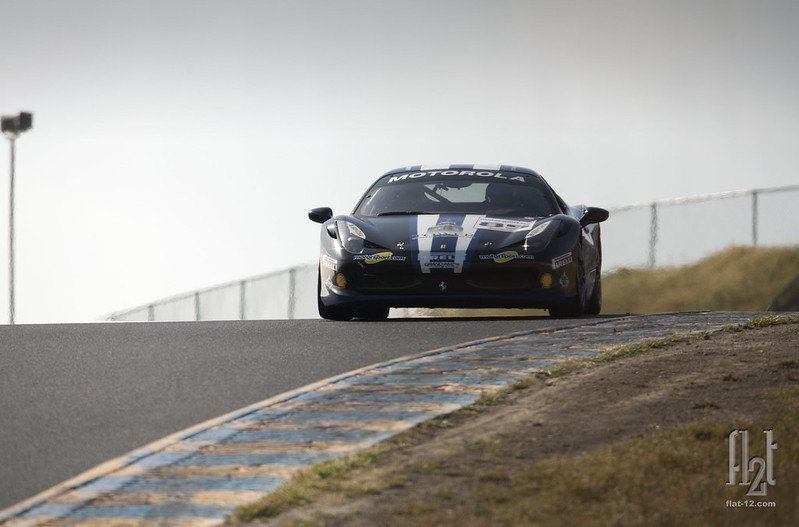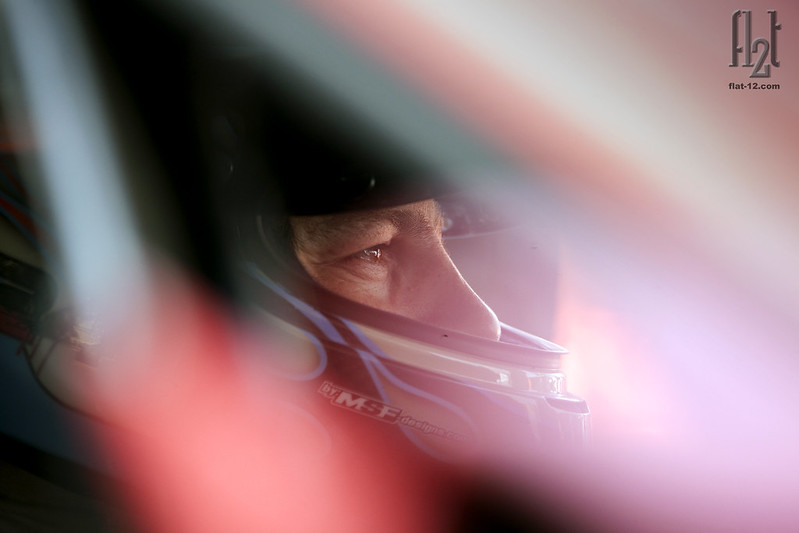The unveiling of Ferrari's limited series hypercar
"LaFerrari" at the 2013 Geneva Motor Show may have challenged the single minded character of today's high end sports car market.
LaFerrari looks like a Le Mans prototype; its DNA is derivative of almost everything Ferrari have learned in competition. Even among fierce competitors so exacting in their technological precision, LaFerrari's promise of horsepower, speed, agility, and energy efficiency is immediately astounding.
Ferrari revel in their competition history. It was once claimed that Ferrari built and sold road cars strictly to finance their racing operations. Over six decades in F1 and sports car racing, Ferrari have faced many competitors, but probably none more tenacious than McLaren. Over that same period Ferrari also built and sold many of the world's most revered sportscars. Ferrari "the brand," is defined by speed, exceptional performance, beauty, and a legendary history in motor sport competition.
By contrast,
McLaren have only recently entered the high end sports car market despite their own lengthy and storied history building racing cars. Much like their posture in the F1 World Championship, McLaren have entered the game straight away targeting Ferrari. It is because McLaren lack decades and eras in their approach to producing road cars that they provide a great reference marque for this story.
McLaren's first road car, the BMW powered
F1, actually came in the early 90's and was designed by
Gordan Murray. The car was sort of a one-off, backed by McLaren Supremo Ron Dennis at a time when McLaren was not focused upon making road cars. Scarcely over 100 examples were made, and McLaren as a company did not introduce any other such vehicle once construction was discontinued in 1998.
Murray is renown for his innovative thinking when it comes to designing racing cars. His incorporation of Jim Hall's
Chaparral 2J into the Brabham-Alfa Romeo BT 46 resulted in a fan car that demolished it's competition in a single outing before being deemed illegal and thus retired to the history books. Murray mounted a large powerful fan to the rear of the BT 46 chassis to answer Colin Chapman's then all dominant ground effect Lotus 79. The fan literally sucked all of the air pressure from underneath the car, thus gluing
Niki Lauda to the circuit who had but to simply drive around the Lotus, as well as the entire field, to easily win the 1978 Swedish Grand Prix.
Murray later introduced the super low slung
Brabham-BMW BT 55, in which he mounted the engine on it's side to allow less restrictive airflow over the vehicle. Although this car did not achieve success, Murray's design later came to fruition at McLaren, where he, the team, and Aryton Senna enjoyed great success with the MP4/4. The BT 55 can however be defined as the car which introduced the severely reclined, recumbent seating position we've now grown accustom to in modern F1 and prototype racing cars.
Yet despite these contributions to modern race car technology, Murray's McLaren F1 road car may prove his most influential design. The F1 arguably raised the influence of technology born performance in modern sports cars above all other considerations in a fashion the world had not previously seen. As the F1 arrived prior today's climate of logarithmically decreasing shelf life, its resulting legacy is only becoming more apparent with the passage of time.
The McLaren F1 remains to this day, performance wise, one of the most astounding road cars ever produced. It boldly stated that form can and should follow function, not the other way around.
Flash forward to 2013, and McLaren have also recently rolled out their hyper car, the
"P1." Counting the MP4-12C and it's accompanying Spider version . . . the P1 arrives as McLaren's third entry since becoming a complete automobile and drivetrain constructor.
If LaFerrari and P1 have one thing in common, it's that they were largely developed in wind tunnels by computers. Both cars produce staggering performance; both cars utilize cutting edge technology to push beyond boundaries we've come to expect from the most advanced road going automobiles. They are derivative of the Murray approach in that they are the pure in their pursuit of pace.
Thus they also share another critical similarity . . . virtually no aspect of either vehicle exists outside that performance objective.
Reaction to "LaFerrari" and the McLaren "P1" has been largely mixed. Christened with high concept names, embarrassed skepticism has rippled across the internet. It is immediately clear that neither moniker resonates with enthusiasts, and it is more likely that the true problems with those names reside far below the surface.
Today, Ferrari, McLaren, and host of other ambitious manufacturers find themselves embroiled in a game which shames shortcomings to the most minute, infinitesimal increments. Should either of these manufacturers dare produce a vehicle that sheds .001 g in cornering ability, they would find themselves roasted on a skewer across web blogs and the international motoring press.
Have we become so seduced by technology born performance that the notion of taking LaFerrari on a casual twilight drive along the coast seems absurd? For those lucky enough to drive or own a modern hyper car, how many of their glorious afternoon trips up the coast will be timed by anyone aside from revenue seeking police officers? Record shattering statistics make headlines and produce tingly sensations, but what criteria truly define a great automobile, especially a great sports car, especially among die hard enthusiasts? We all know performance is important, but what of styling?
More importantly, will these owners prove capable enough as drivers as to begin to taste the limits of these cars safely? With rare exception, I'd guess
not.
I wonder whether manufacturers and enthusiasts alike have so fallen prey to media frenzy and focus group marketing to lose sight of the fact that there is indeed something more to the enthusiast experience than strict performance? Truly great cars are often elusive, almost accidental, and beyond the reach of technology, public opinion, and marketing objectives.
There was a time when styling might have had slightly less mathematical objective.
The Petersen Automotive Museum and the Southwest region of the Ferrari Club of America recently hosted a
Ferrari Cruise-in in honor of the late Commendatore's birthday.
A reasonable number of SoCal Ferraristi risked Mid-Wilshire potholes, pedestrians, and errant LA drivers to bring their cars, representing almost every era, for a casual celebration across the top of the Petersen parking structure. From the early 60's 250 GT Lusso to more recent examples of the FF and 458 Spider, the casual gathering allowed owners and visitors a chance to appreciate the marque which has inspired and influenced the dreams of enthusiasts for decades.
Computers and wind tunnels are valuable, worthwhile tools, but if one were to step back, stroll amongst these machines, and recall the excellent
segment Top Gear produced on the ex-James Coburn Ferrari 250 California, it's hard to escape that the sense that something is missing.
James May waxes emotionally about the 250 California's peculiar eccentricities . . . almost as if he's reciting a litany of everything the car does which would certainly be distilled in today's approach. May is at no loss when pointing out aspects of the car which would make modern engineers cringe, and he does so with a huge grin, enthusiastically tossing out terms such as magical and fantastic to describe the driving experience. May aptly states: "the performance is not about the figures, it's about the nature of the delivery."
The reward in driving great sports cars might not be so much their performance but instead their raw, pre-technology, visceral feedback. It might also be found in the styling and materials utilized which have nothing to do with performance. I would argue that unique personality traits, more so than the degree to which they translate into performance, actually define the enthusiast experience.
Of course, I'm certain that both LaFerrari and P1 serve up gobs of visceral feedback. I'm also certain that they are both astonishing automobiles, and I've no real issue with their performance-born styling. However, I do wonder whether we'll ever see a hypercar which celebrates that casual twilight drive along the coast as much as it does defying the laws of physics.
